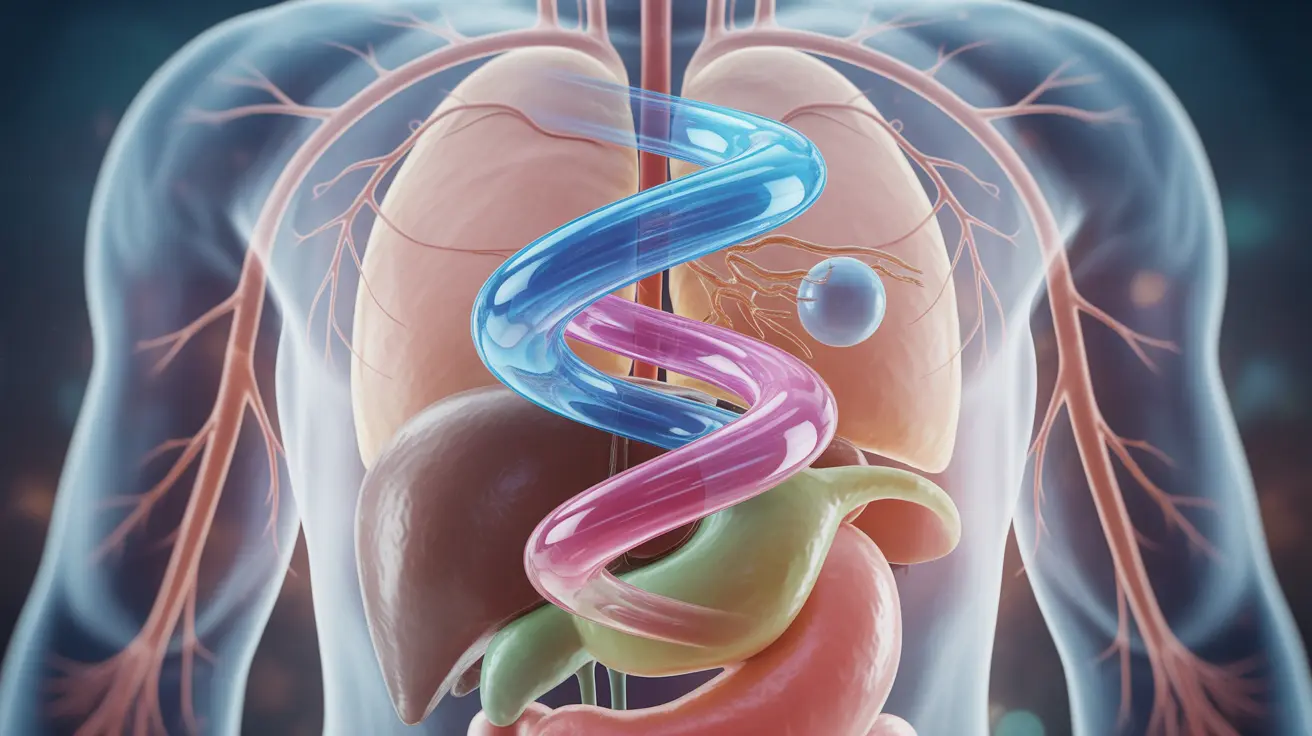A septum piercing, which adorns the thin strip of cartilage between your nostrils, has become increasingly popular as a distinctive form of body modification. Whether you're considering getting one or have recently had the procedure, understanding the essential aspects of septum piercings can help ensure a successful and comfortable experience.
This comprehensive guide covers everything you need to know about septum piercings, from the initial procedure to long-term care and jewelry options. We'll explore pain levels, healing expectations, and how to maintain your piercing for optimal results.
The Septum Piercing Procedure
The septum piercing process involves carefully puncturing the sweet spot (columella) - the soft tissue between the bottom of your nasal septum and the harder cartilage above. A professional piercer will first examine your anatomy to ensure proper placement and mark the precise location for the piercing.
During the procedure, your piercer will use a sterilized hollow needle to create the opening and insert your initial jewelry. The entire process typically takes just a few minutes when performed by an experienced professional.
Pain and Initial Healing
The pain level of a septum piercing varies among individuals, but most describe it as a sharp pinch that subsides quickly. The eyes may water during the procedure - this is a normal physical response due to the location of the piercing.
Initial healing symptoms typically include:
- Mild swelling around the piercing site
- Slight tenderness when touching the area
- Occasional clear discharge
- Minimal bleeding during the first few days
Healing Timeline and Aftercare
The complete healing process for a septum piercing usually takes 6-8 weeks, though individual healing times can vary. During this period, following proper aftercare procedures is crucial for preventing complications and ensuring optimal healing.
Essential Aftercare Steps
Maintain these care practices throughout the healing period:
- Clean the piercing 2-3 times daily with sterile saline solution
- Avoid touching the piercing with unwashed hands
- Don't rotate or move the jewelry unnecessarily
- Keep makeup and skincare products away from the piercing
- Avoid swimming pools and hot tubs during initial healing
Choosing the Right Jewelry
Initial septum jewelry typically consists of a circular barbell or horseshoe-style piece made from high-quality materials such as surgical stainless steel, titanium, or 14k gold. The size and gauge of your starter jewelry will be selected based on your anatomy and personal preferences.
When to Change Your Jewelry
Wait until your piercing is fully healed (typically 6-8 weeks minimum) before changing your jewelry. When you're ready to switch pieces, consider these popular options:
- Circular barbells
- Septum clickers
- Seamless rings
- Retainers for concealment
Potential Risks and Complications
While septum piercings are generally safe when performed properly, being aware of possible complications is important. Common issues to watch for include:
- Infection
- Allergic reactions to jewelry materials
- Improper placement
- Excessive scarring
- Migration or rejection
Frequently Asked Questions
How painful is getting a septum piercing and what does the procedure involve? The pain is typically moderate - most describe it as a sharp pinch that quickly subsides. The procedure involves marking the precise location, using a hollow needle to create the piercing, and inserting the initial jewelry, all while following strict sterilization protocols.
What is the typical healing time for a septum piercing and how should I care for it during recovery? The average healing time is 6-8 weeks. Care involves cleaning with sterile saline solution 2-3 times daily, avoiding unnecessary touching or movement of the jewelry, and maintaining good general hygiene practices.
What types of jewelry are best for a new septum piercing and when can I safely change it? Initial jewelry should be high-quality surgical stainless steel, titanium, or 14k gold in a circular barbell or horseshoe style. Wait at least 6-8 weeks before changing jewelry, and only do so once healing is complete.
What are common risks or complications associated with septum piercings and how can they be prevented? Common risks include infection, allergic reactions, and improper placement. Prevention involves choosing a qualified piercer, following aftercare instructions carefully, and using appropriate jewelry materials.
Can I hide my septum piercing easily, and what jewelry options allow for concealment? Yes, septum piercings are easily concealable. Horseshoe-style jewelry can be flipped up into the nose, and clear retainers are available for complete discretion when needed.




